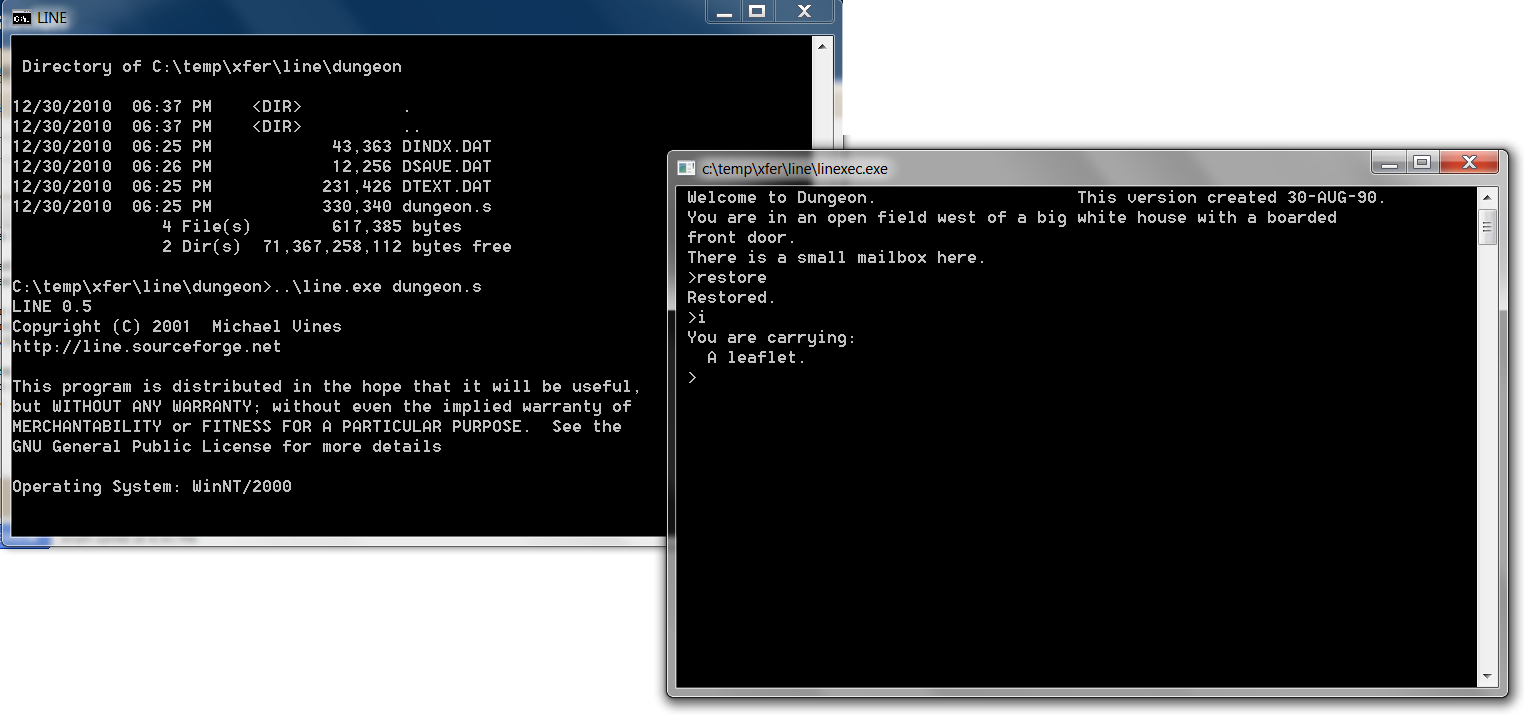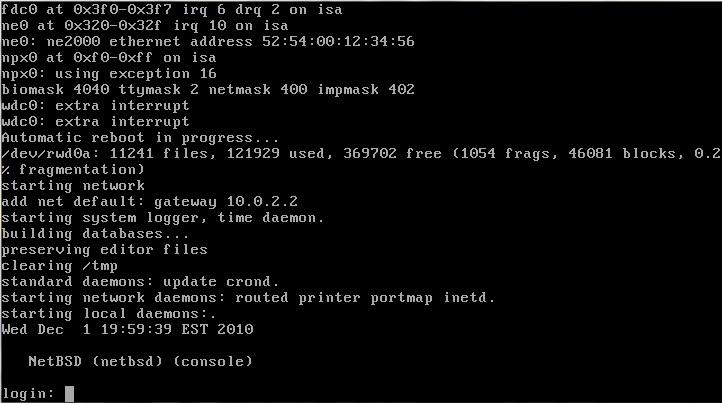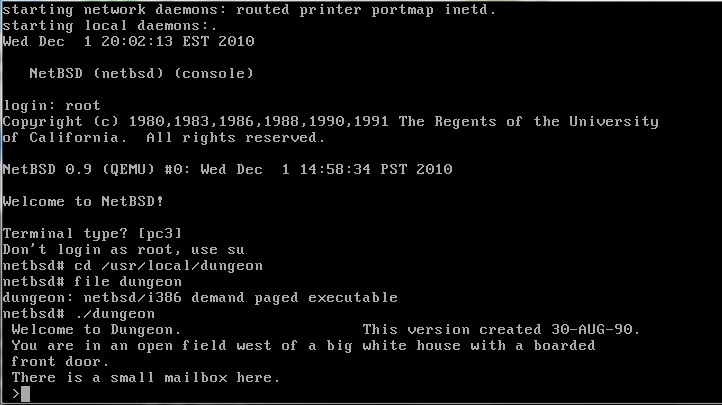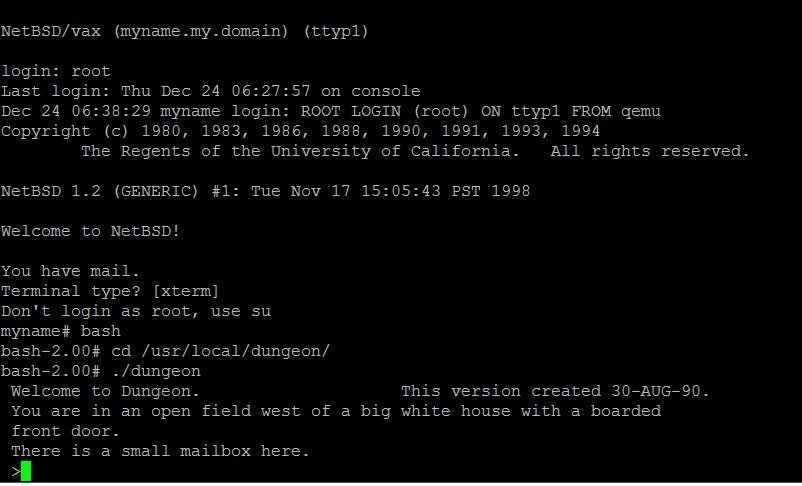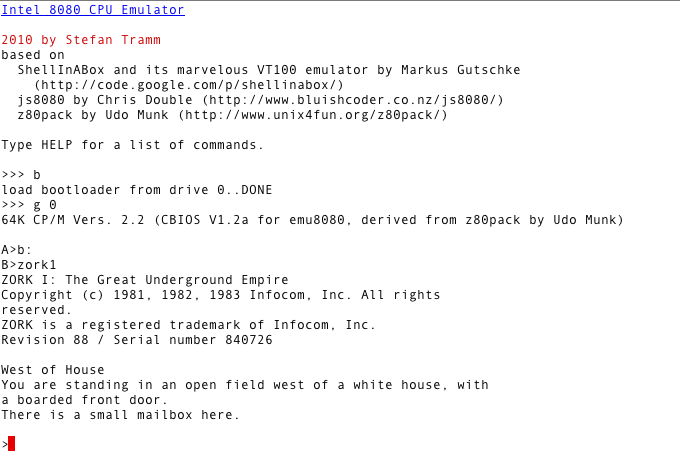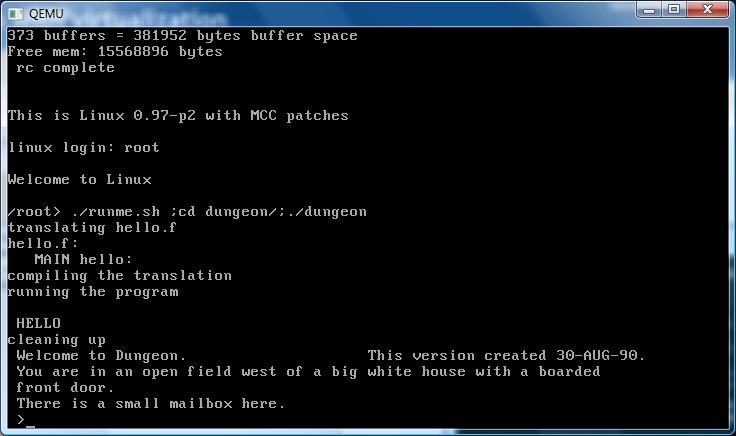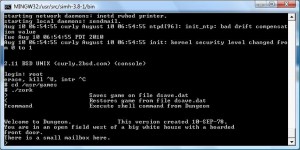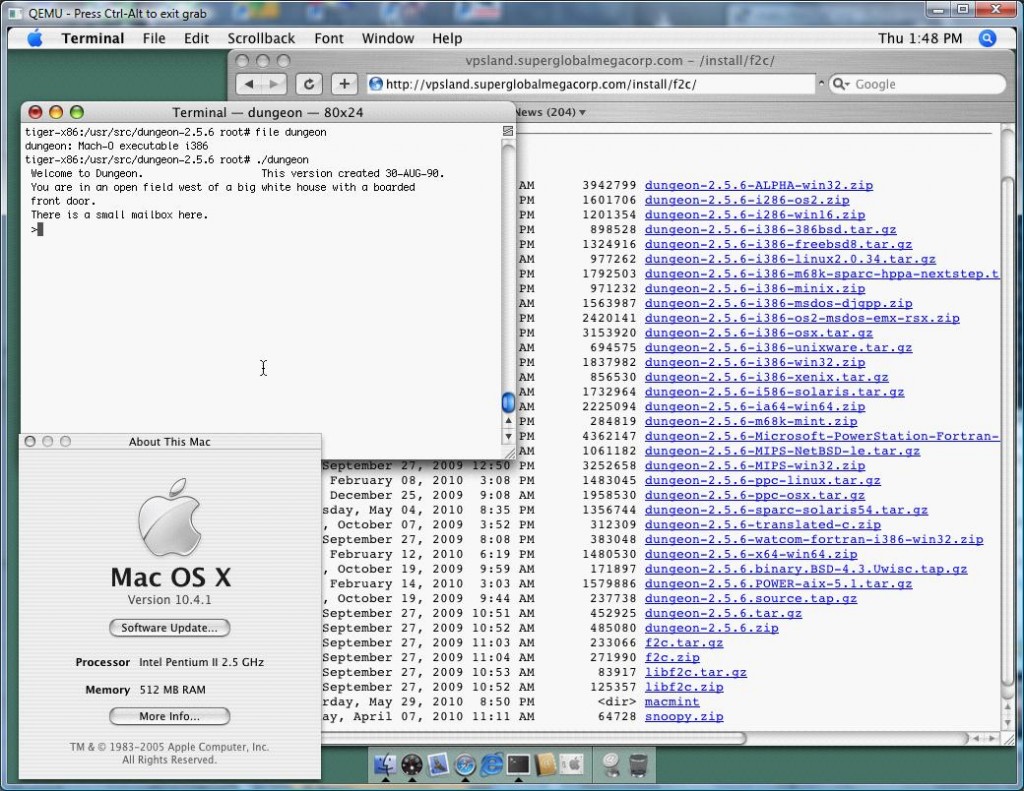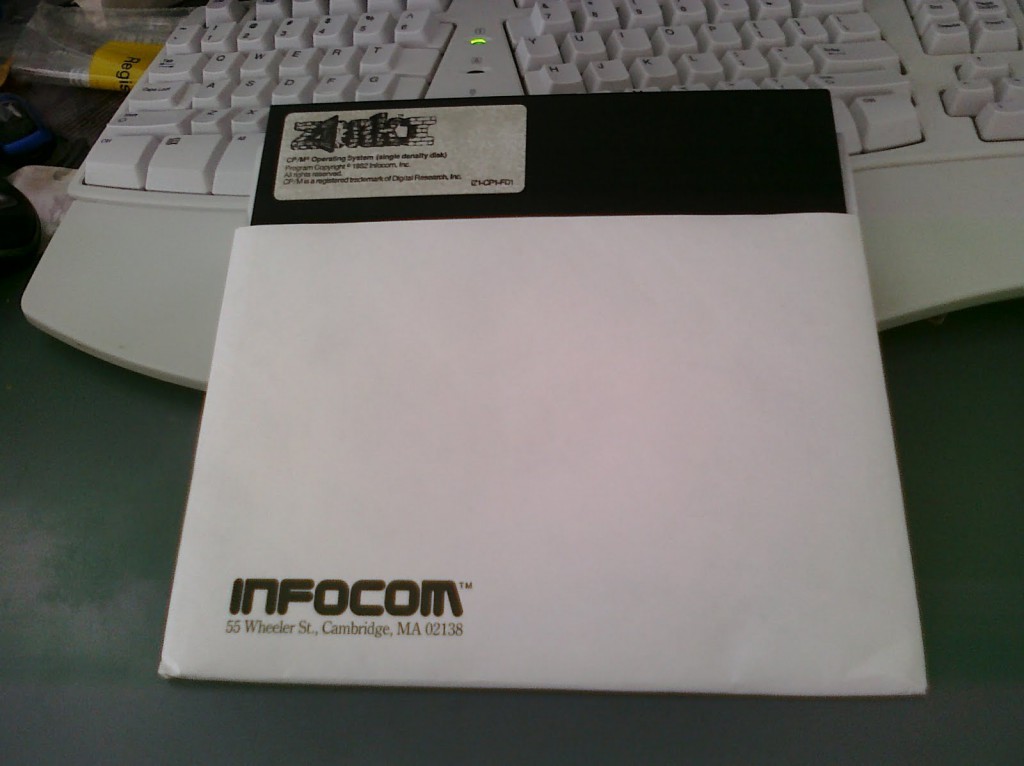So I got myself a ‘5’ user version of UnixWare 7.1.1 to add to my collection, along with a copy of Word Perfect 5.1 for UNIX (i386 SYSV it would seem).
From the wikipedia link, 7.1.1 was the last release from “old SCO” the company that brought us exciting things like Xenix, SCO Unix and SCO OpenServer (although it’s about as ‘open’ as VMS).
Anyways I went ahead and installed it in Virtual PC 2007, and it was a pretty straight forward install. The only catch has been that if you suspend the virtual machine, the networking will cease to function. And as it stands right now I don’t have any sound, but I doubt that’ll be that big of an issue.
So I broke the nice and new shrinkwrap on the Word Perfect, and went through some minor hell trying to get the first disk to untar, as it states on the diskette and in the installation manual.. Eventually I found this worked in my Virtual PC:
tar -xvf /dev/dsk/f0q18d
Then I just ran the ‘wpinstall’. Now what is weird about this install is that word perfect then just has you hand it all the disks in any random order, then it’ll start to configure itself. While it does support over 200 terminal types, it seems that the “dtterm” console is not among them. Also what was weird is that for the X11 component the Univel UnixWare (the direct descendant to SCO UnixWare) did *NOT* work, while SCO Unix did.

I would imagine if you had a pre 2000 release of any Linux you could run this via iBCS, however that project seems to have died on the vine. The last time I tried to run Xenix stuff on NetBSD/FreeBSD & OpenBSD I was met with kernel panics and disaster. I don’t think anyone runs this stuff anymore, and now that we know how to run Xenix under Qemu/Virtual PC I guess that basically takes care of that.
Speaking of Xenix, it would seem that all of the 7.x releases of UnixWare do not include compatibility for the x.out exe format either.
At any rate, I figured I could just go ahead and run my builds of Quake & Doom on a seemingly ‘slightly’ older 7.1.1 without issue.
That was not to be the case.
dynamic linker : ./quake : error opening /usr/lib/libm.so.1
Killed
Well that’s a bummer, if I do say so myself. Thankfully this version of UnixWare included the compiler (and a license) along with the OpenServer/UnixWare development CD so I had the ‘official’ X11 headers & libraries, unlike what I had to do under 7.1.3
So I ended up shuffling around my UnixWare stuff to separate the 7.1.3 from the new 7.1.1 stuff.
7.1.1
*gmake
*gzip
*doom
*quake
*zork
*unzip
7.1.3
*gmake
*gzip
*unzip
*quake
*doom
*zork
In retrospect, I would imagine you can run 7.1.1 binaries on 7.1.3, but not the other way around… But in retrospect, that is to be expected.
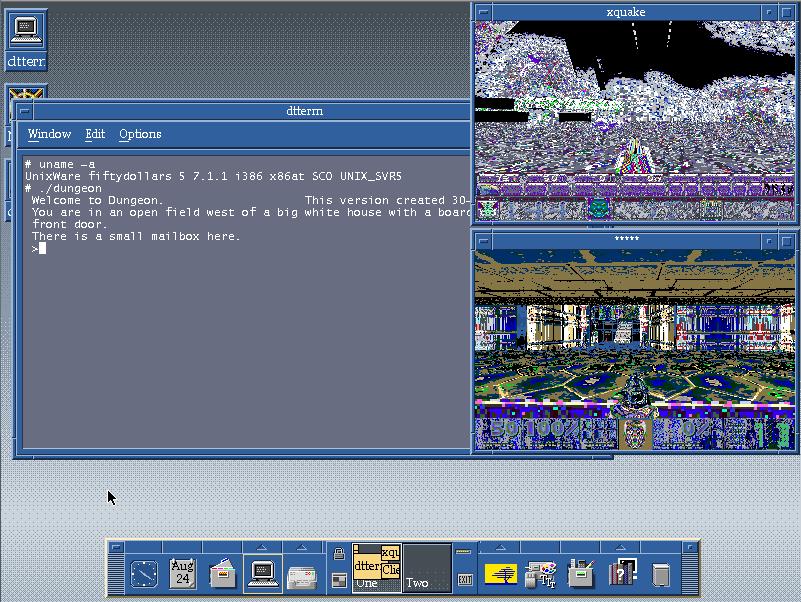
I’m not sure how to even play with the X11 configuration so right now I’m limited to 256 colors… But you get the idea.

